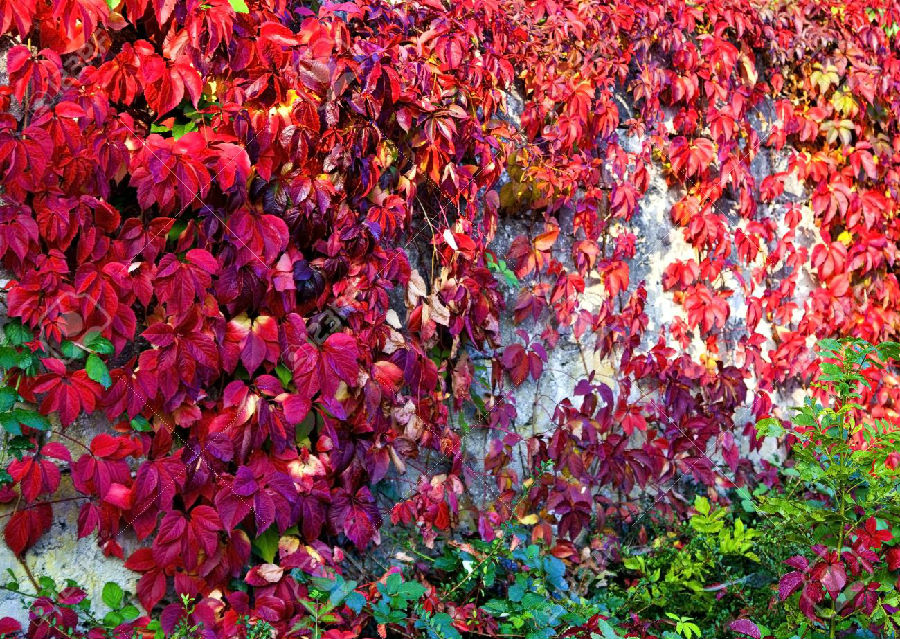But Banks's grand cache was only part of the total haul in what was an almost absurdly acquisitive age. Plant collecting in the eighteenth century became a kind of international mania. Glory and wealth alike awaited those who could find new species, and botanists and adventurers went to the most incredible lengths to satisfy the world's craving for horticultural novelty. Thomas Nuttall, the man who named the wisteria after Caspar Wistar, came to America as an uneducated printer but discovered a passion for plants and walked halfway across the country and back again, collecting hundreds of growing things never seen before. John Fraser, for whom is named the Fraser fir, spent years in the wilderness collecting on behalf of Catherine the Great and emerged at length to find that Russia had a new czar who thought he was mad and refused to honor his contract. Fraser took everything to Chelsea, where he opened a nursery and made a handsome living selling rhododendrons, azaleas, magnolias, Virginia creepers, asters, and other colonial exotica to a delighted English gentry.

Huge sums could be made with the right finds. John Lyon, an amateur botanist, spent two hard and dangerous years collecting specimens, but cleared almost $200,000 in today's money for his efforts. Many, however, just did it for the love of botany. Nuttall gave most of what he found to the Liverpool Botanic Gardens. Eventually he became director of Harvard's Botanic Garden and author of the encycl opedi cGenera of North American Plants (which he not only wrote but also largely typeset).












